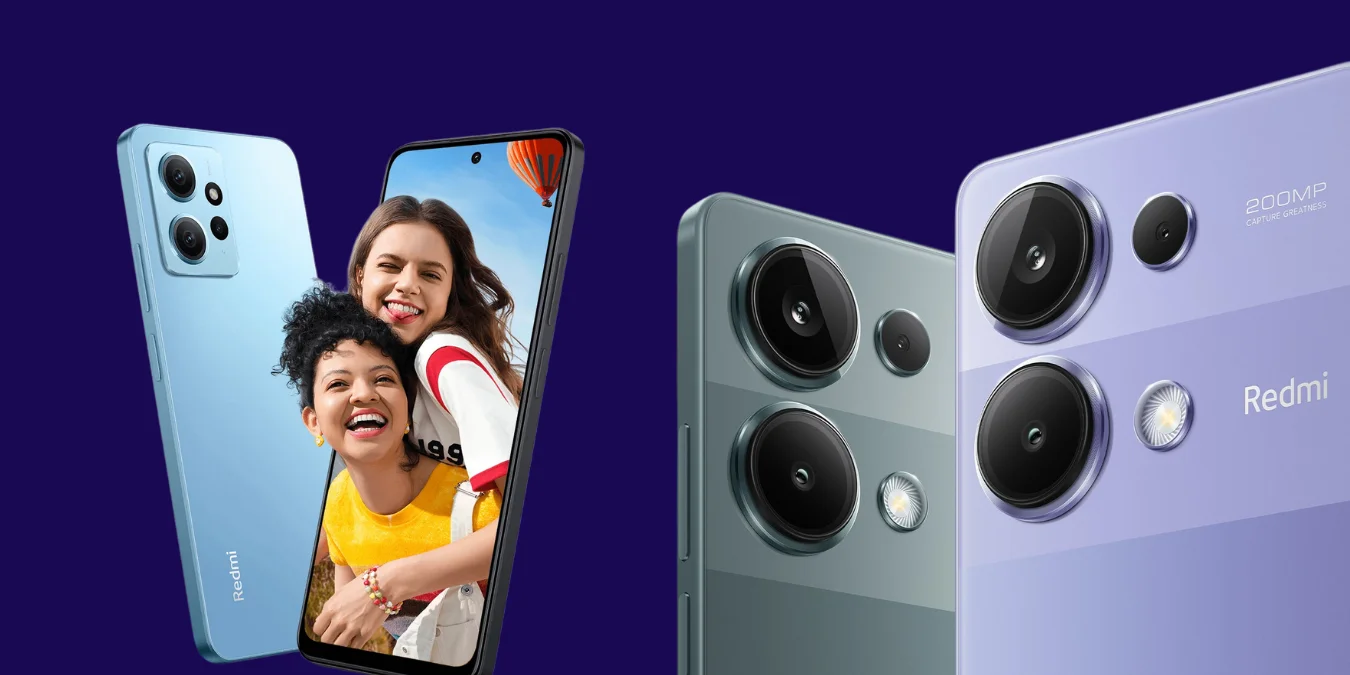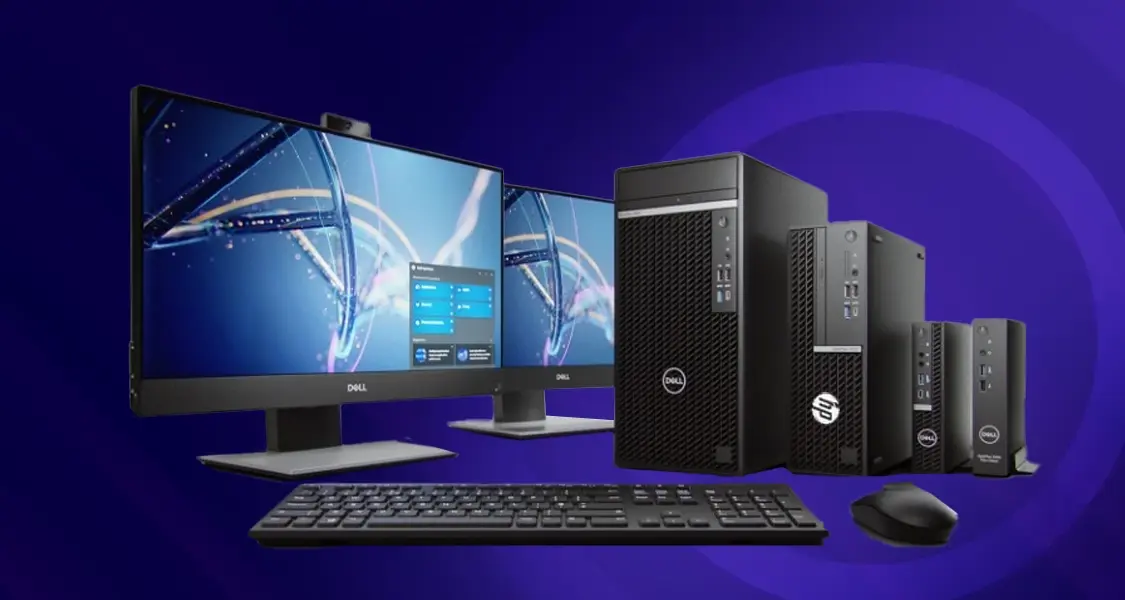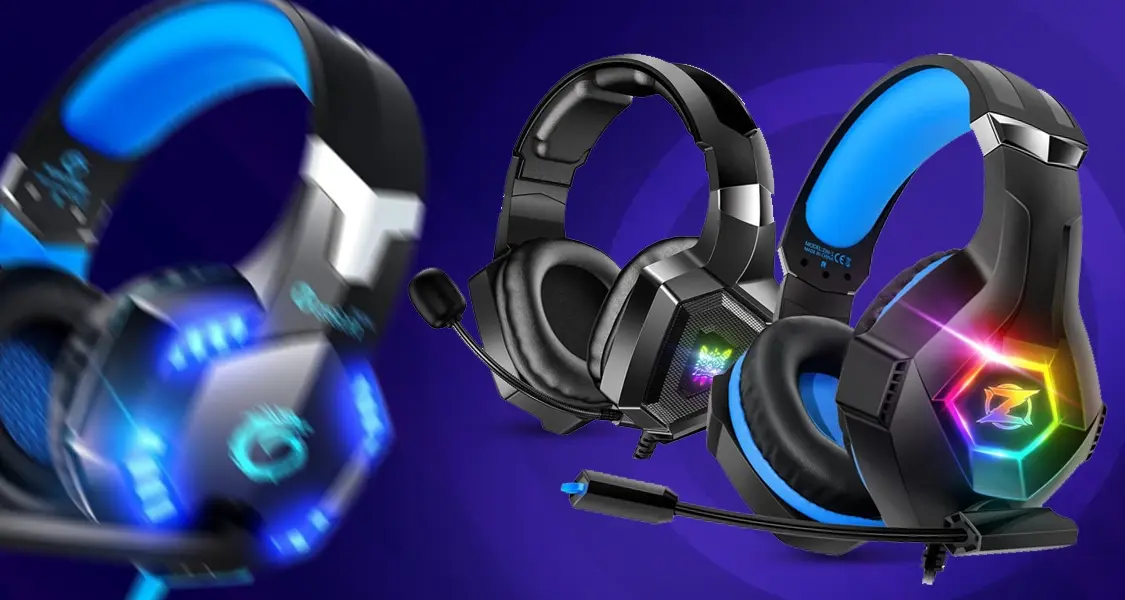Redmi Note 12 vs. Redmi Note 13: Is It Worth the Upgrade?
The Redmi Note series has always been about value for budget-conscious buyers, but is the Redmi Note 13 a leap forward or just a small step? These phones promise performance, decent cameras, and long battery life without hurting your wallet.
Our goal with this blog is to help you decide whether the Redmi Note 13 is worth the upgrade. So, we’ll not just focus on the specs and numbers but dig into the real-world use and uncover the strengths and weaknesses of each phone.
By the end of this review, you’ll have a clear answer as to which Redmi Note is right for you.
So, let’s get started.
Design and Display: Redmi Note 12 Vs Redmi Note 13
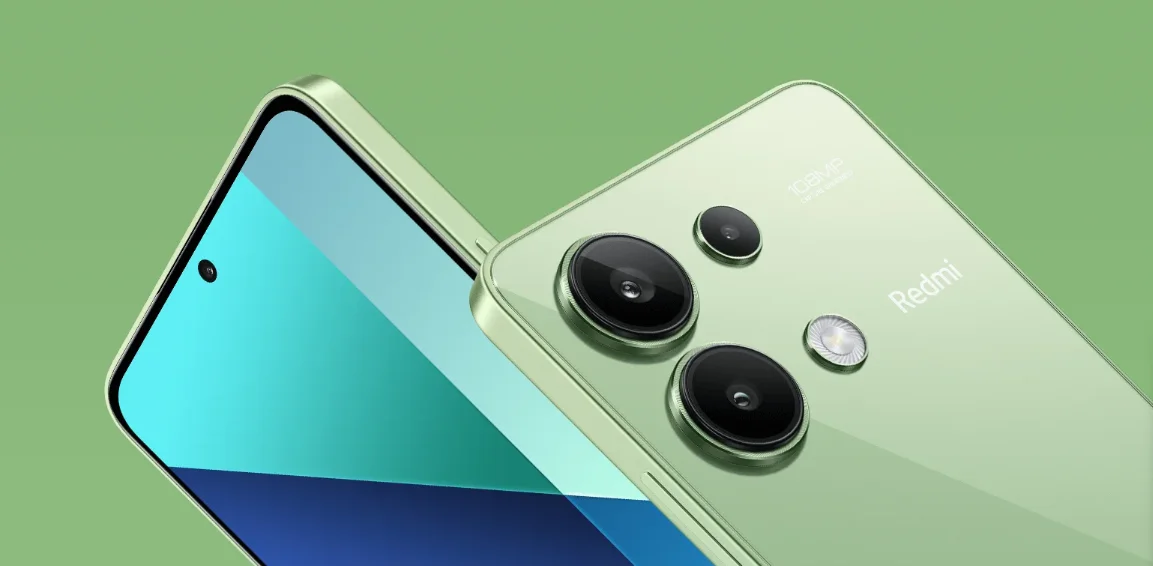
At first glance, the Redmi Note 12 and Note 13 look strikingly similar. They support Xiaomi’s new design with hole-punch selfie cameras and slim bezels. Once you look closer, the Note 13 has a more refined look and feels premium. The dimensions and weight are nearly the same.
Differences in Design and Display
| Redmi Note 12 | Redmi Note 13 | |
|---|---|---|
| Type | AMOLED, 120Hz, 1200 nits (peak) | AMOLED, 1B colors*, 120Hz, 1000 nits (peak) |
| Size | 6.67 inches, 107.4 cm2 (~85.0% screen-to-body ratio) | 6.67 inches, 107.4 cm2 (~88.9% screen-to-body ratio) |
| Protection | Corning Gorilla Glass 3 | Corning Gorilla Glass 5 |
The differences are not that significant, but the new Redmi Note 13 boasts 1B colors and a 120Hz display, which is a head-turner.
Performance and Software
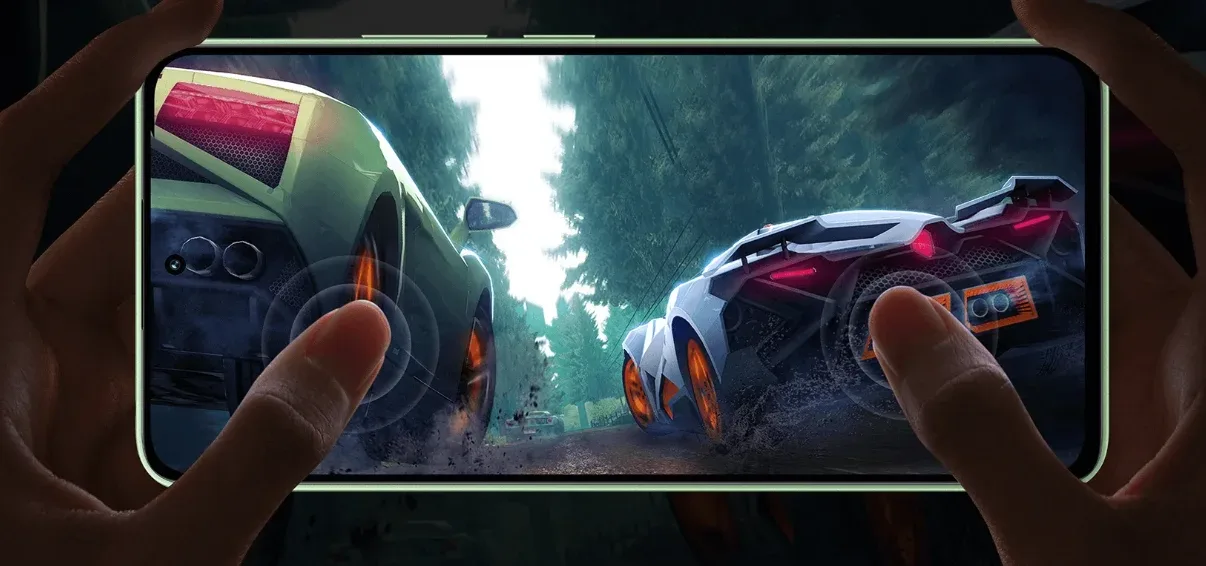
In normal day-to-day use, you won’t notice a difference between the phones. They handle web browsing, casual gaming, and social media with ease. Benchmarks show a slight edge to the Note 13, but that doesn’t make it a dealbreaker.
Things get interesting with the software experience. Both phones operate on MIUI, but the Note 13 comes with the latest version, upgradeable to Android 14. Bloatware remains a minor inconvenience, but most of it can be uninstalled.
Differences in Performance and Software
| Redmi Note 12 | Redmi Note 13 | |
|---|---|---|
| OS | Android 12, MIUI 14 (International) | Android 13, upgradable to Android 14, HyperOS |
| Chipset | Qualcomm SM4375 Snapdragon 4 Gen 1 (6 nm) | Mediatek Dimensity 6080 (6 nm) |
| Benchmarks | AnTuTu: 360745 (v9) GeekBench: 1998 (v5.1), 2017 (v6) | AnTuTu: 405118 (v9) GeekBench: 1968 (v5), 1978 (v6) |
Xiaomi has a decent and reliable track record for updates, but don’t expect years of support.
Cameras
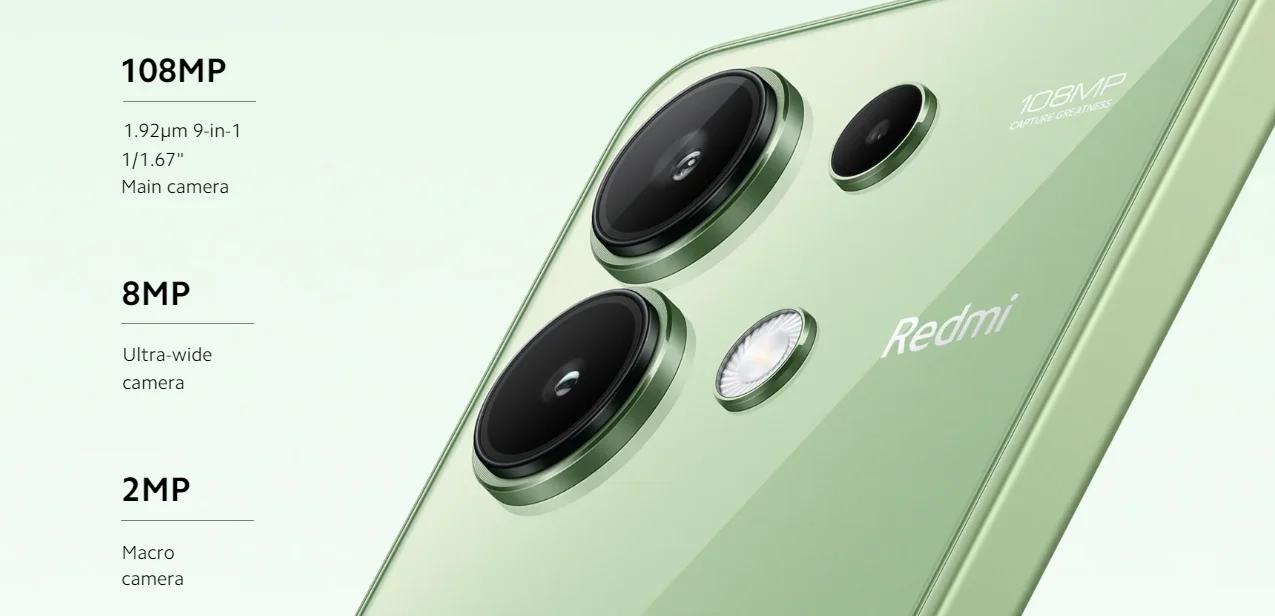
Note 13 comes with a 108MP main camera, and Note 12 has a 48MP main sensor, but megapixels aren’t everything. Talking about daylight, both capture decent photos, but Note 13 takes the lead with more detail and sharpness. Similarly, in low light, the Note 13 produces much more apparent pictures. However, it can be a bit aggressive, with over-brightness and compromising of the natural feel.
Difference in Cameras
| Redmi Note 12 | Redmi Note 13 | |
|---|---|---|
| Main Camera | 48 MP, f/1.8, (wide), PDAF 8 MP, f/2.2, 120˚ (ultrawide), 1/4.0″, 1.12µm 2 MP, f/2.4, (macro) | 108 MP, f/1.7, (wide), 1/1.67″, 0.64µm, PDAF 8 MP, f/2.2, (ultrawide) 2 MP, f/2.4, (depth) |
| Column 2 Value 2 | LED flash, HDR, panorama | |
| Selfie Camera | 13 MP, f/2.5, (wide), 1/3.0″ | 16 MP, f/2.4, (wide) |
Selfie cameras for both versions are quite similar, with the Redmi Note 13 improved on a few specs. You can also capture 1080p@30fps videos on both phones.
Battery Life and Charging
Both the Redmi Note 12 and Note 13 pack 5000mAh batteries. With moderate use, you can get through the day with a single charge. Note 13 again takes the lead with more screen-on time owing to its newer display features, which are more efficient compared to Note 12.
Charging speeds are also the same as Note 12, which advertised 50% in 22 min. Both come with a 33W wire charger in the box.
The Verdict: To Upgrade, or Not to Upgrade?
The answer depends on who you are and what you value most in a smartphone.
- For Redmi Note 12 Owners: The upgrade to the Note 13 isn’t a must-have. If you’re happy with your Note 12’s performance and battery life, the smoother display and slightly better camera might not justify the extra cost. However, if you crave the latest software, a smoother scrolling experience, and a noticeable boost in low-light photography, then the upgrade could be worthwhile.
- For New Buyers: The Redmi Note 13 is a compelling choice. It offers a great balance of performance, features, and value. The 120Hz AMOLED display, improved camera system, and updated software make it a well-rounded package.
Ultimately, it comes down to your individual needs and priorities. If you’re a casual user who values battery life and overall performance, the Note 12 might be all you need. If you’re a photography enthusiast or crave the latest and greatest features, the Note 13 is a worthy contender.
Conclusion: The Redmi Note Series Continues to Deliver
Both the Redmi Note 12 and Note 13 prove that you don’t need to break the bank to get a great smartphone. They offer impressive specs, decent cameras, and long battery life, all in a sleek package. While the Note 13 offers incremental improvements over the Note 12, the latter is still a fantastic option for budget-conscious buyers.
The Redmi Note series continues to evolve, and it’s exciting to see what Xiaomi has in store for future iterations. For now, both the Note 12 and Note 13 offer great value and performance, making them worthy contenders in the competitive budget smartphone market.
What do YOU think? Have you used either of these phones? Share your thoughts and experiences in the comments below! We’d love to hear from you. If you find this review helpful, don’t forget to share it with your friends and family who might be considering a new smartphone.

